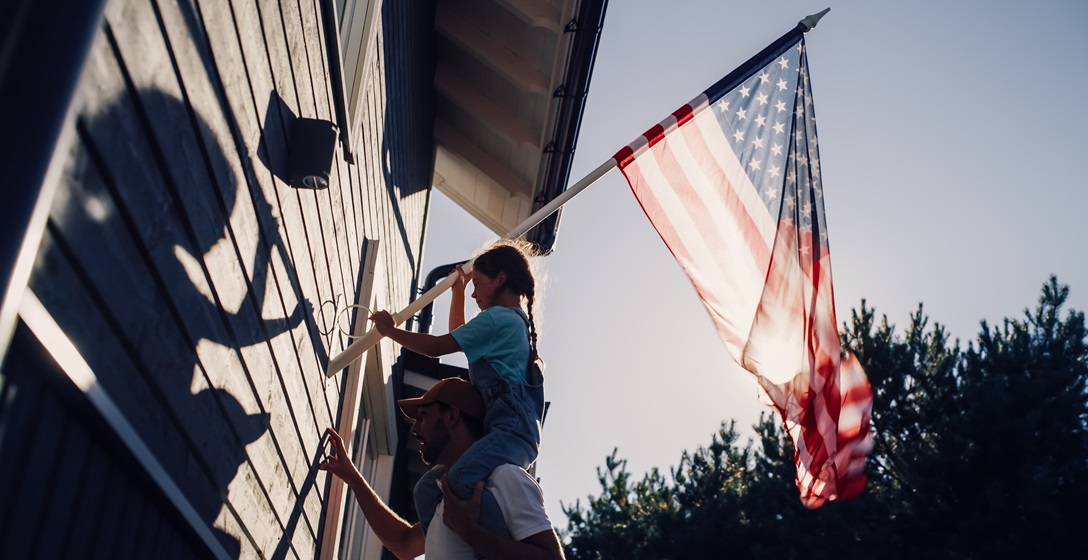by Laura Jones
Published on October 27, 2023
The United States is a melting pot of cultures and traditions. With a rich history dating back to the 17th century, German Americans have certainly contributed their share of ingredients to the mix.
Can you imagine a Fourth of July barbecue without hot dogs, or Easter without the Easter Bunny? These are just some of the cultural treasures German Americans have contributed to US society. In this guide, we’ll take a look at a few more.
German Americans are immigrants (or descendants of immigrants) from Germany who settled in the United States.
According to the 2020 US Census, 45 million Americans report some German ancestry. That can look like a lot of different things; some German Americans have held fast to their roots, while others have integrated more fluidly into the rest of American society.
Prime examples of the former group can be found in the Amish and Mennonite communities of the Northeastern US — primarily in Pennsylvania, but also spread across surrounding states such as Ohio and New York.
Perhaps unsurprisingly, Pennsylvania and Ohio top the list of the states with the most German Americans. Wisconsin, where many Germans first settled, is not far behind, and Texas and California make up the rest of the top five.
The roots of German immigration to the US go back to the 1600s, when the first German-speaking settlers arrived in Jamestown, Virginia. But the largest wave of German-American immigration occurred during the 19th century and reached its peak in the 1880s. In that decade alone, an estimated 1.5 million Germans arrived in the US.
German immigration to the United States happened in several stages.
The early settlers in the 1600s and 1700s typically sought refuge in the New World to escape persecution based on their religion. Many Swiss Mennonites and Amish settlers arrived during that time.
Later, during the 19th century, an economic “push-pull” effect drove German immigrants to US shores. Economic hardship in Germany was the “push”; opportunities in America were the “pull.”
Germans in the USA have maintained a strong cultural identity, and their customs, food and festivals have left an indelible mark on American society. The decorated Christmas tree, Santa Claus and the Easter Bunny, for example, all have German roots.
Much of the culinary culture that Germans brought to the US is now considered, oddly enough, quintessentially American. Pretzels, hot dogs, burgers and lagers are just some of the food and drinks that German immigrants introduced.
And with food came festivals. The world-renowned beer festival Oktoberfest came from Germany, and today annual celebrations are held all over the US. Some of the biggest are scattered across Wisconsin and Ohio, though perhaps none rivals the Oktoberfest held in Fredericksburg, Texas (a town particularly known for its German heritage).
The German language, once widely spoken in German-American communities, is not as prevalent today due to linguistic assimilation. Even so, some communities, such as the Amish, still predominantly speak a form of German called Pennsylvania Dutch.
Many famous German Americans have made significant contributions to the US across various fields.
Levi Strauss, who founded arguably the world’s most iconic jeans brand, was born in Germany and moved to America in the 1840s. John Jacob Astor was born in Germany and, through his businesses in the US, became the richest person in America by the time of his death in 1848.
In the field of entertainment, Marlene Dietrich is an iconic figure who was born in Germany and later became a Hollywood star. And at least two US presidents descended from German immigrants: Dwight Eisenhower and Herbert Hoover.
German Americans are one of the largest ethnic groups in the US. Their influence on American culture is everywhere, from Oktoberfest celebrations to iconic American brands. Without German Americans, there would be no Levi’s jeans, no lager and no Santa Claus!
